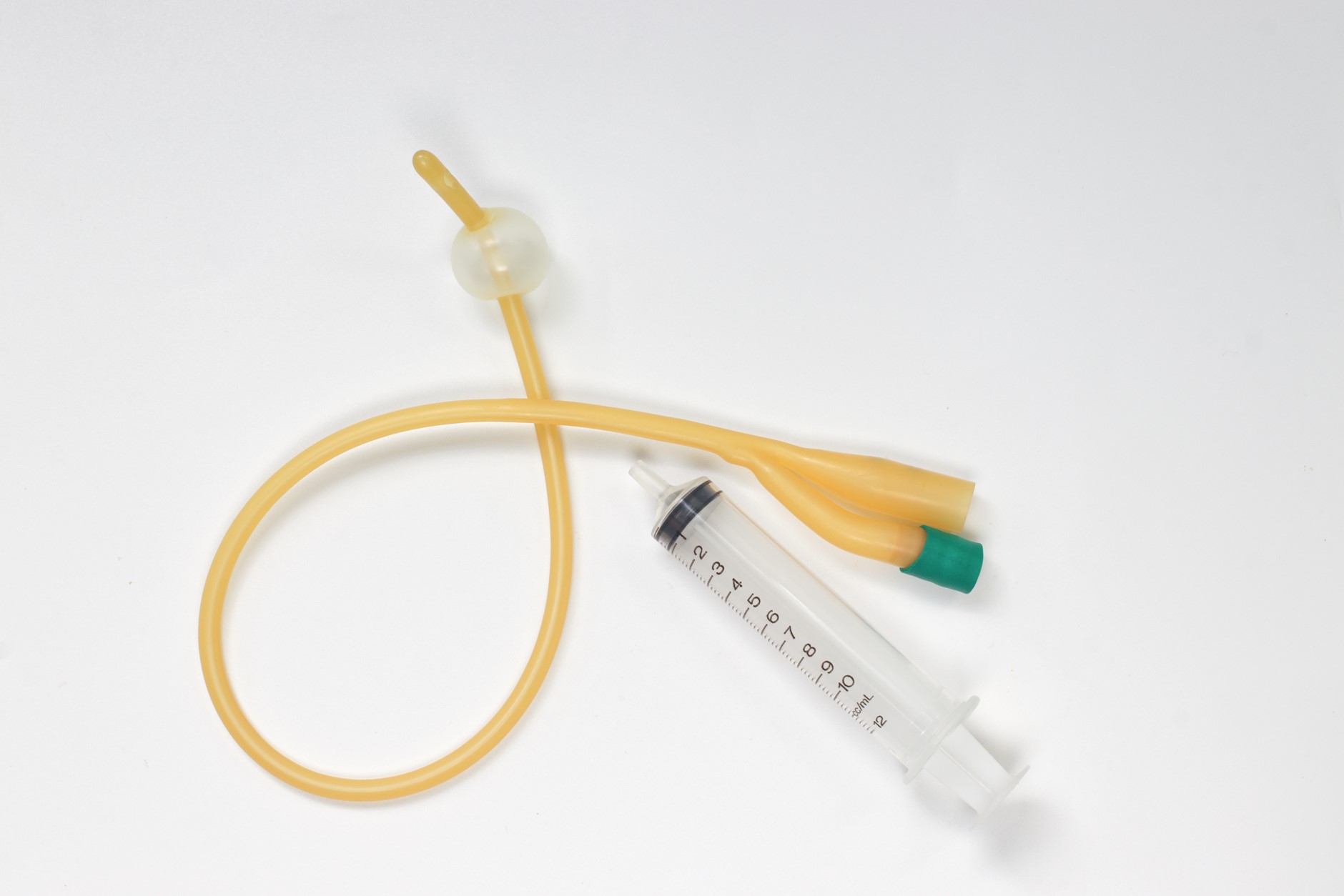What Are Urinary Catheters?
Urinary catheters are thin, flexible tubes that help drain urine from the bladder. Doctors often use them when someone cannot urinate on their own. For example, after surgery or during certain illnesses, a urinary catheter can be necessary. There are different types of urinary catheters, and each serves a special purpose. Proper catheter care is important to avoid problems. However, there are some risks of urinary catheters, such as infections or discomfort. Understanding these basics can help you or your loved one stay safe and healthy.
Types of Urinary Catheters
There are several types of urinary catheters. Each type is chosen based on the patient’s needs. Here are the main types:Indwelling Catheters (Foley Catheters): These stay in the bladder for a longer time. They have a small balloon at the tip to keep them in place.Intermittent Catheters: These are used only when needed. You insert them to empty the bladder and then remove them right after.External Catheters (Condom Catheters): These are worn outside the body. They are mostly used by men who have trouble controlling their urine.
Each type has its own benefits and risks. Your doctor will help choose the best one for you.
Common Uses and Indications
Doctors use urinary catheters for many reasons. Some common uses include:Helping people who cannot urinate on their ownDraining urine during or after surgeryMeasuring how much urine the body makesTreating severe bladder problems or injuriesManaging certain medical conditions, like nerve damage or prostate issues
Sometimes, a catheter is only needed for a short time. Other times, it may be used for a longer period.
How Urinary Catheters Are Inserted
Healthcare professionals usually insert urinary catheters in a clean and careful way. First, they wash their hands and wear gloves. Then, they clean the area around the urethra. After that, they gently insert the catheter into the bladder. For indwelling catheters, a small balloon is filled with water to keep it in place. Intermittent catheters are removed right after the bladder is empty. External catheters are placed over the penis, like a condom. Proper insertion helps lower the risk of infection.
Catheter Care and Maintenance
Good catheter care is key to staying healthy. Here are some important steps:Wash your hands before and after touching the catheterKeep the area around the catheter clean and dryCheck for signs of infection, like redness or swellingMake sure the catheter and tubing are not twisted or blockedEmpty the drainage bag regularly, usually every 6 to 8 hours
Always follow your doctor’s instructions for catheter care. In some locations, home nurses can help with catheter care if needed.
Potential Risks and Complications
While urinary catheters are helpful, they can cause some problems. The most common risk is infection, called a urinary tract infection (UTI). Other risks include:Bladder spasms or discomfortBlockage or leakage of urineInjury to the urethra or bladderBlood in the urine
If you notice pain, fever, or cloudy urine, contact your doctor right away. Early treatment can prevent serious issues.
Tips for Patients Using Urinary Catheters
Living with a urinary catheter can be challenging. However, these tips can help you stay comfortable and safe:Drink plenty of water unless your doctor says otherwiseKeep the catheter and tubing below your bladder to help drainageWear loose clothing for comfortCheck the catheter often for kinks or leaksNever pull or tug on the catheter
Ask your healthcare team for advice if you have any concerns.
Prevention of Catheter-Related Infections
Preventing infections is very important. The Centers for Disease Control and Prevention (CDC) recommends these steps:Use catheters only when needed and remove them as soon as possiblePractice good hand hygiene every time you touch the catheterClean the area around the catheter dailyKeep the drainage bag off the floorDo not let the tubing get twisted or blocked
Following these steps can greatly lower the risk of infection.
Conclusion
Urinary catheters are helpful medical tools for many people. With proper care and attention, you can reduce the risks and stay healthy. Always follow your doctor’s advice and ask questions if you are unsure. Consult a healthcare professional for personalized advice on urinary catheters.
💧 Stay safe, stay informed.
📞 Book your consultation at Hyderabad Urology and Andrology today!



